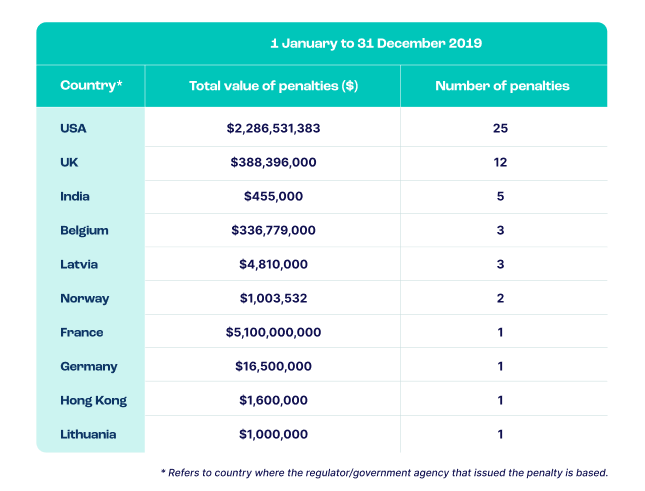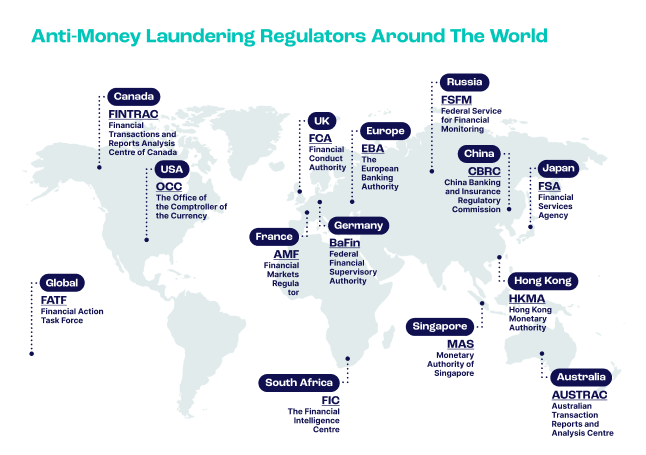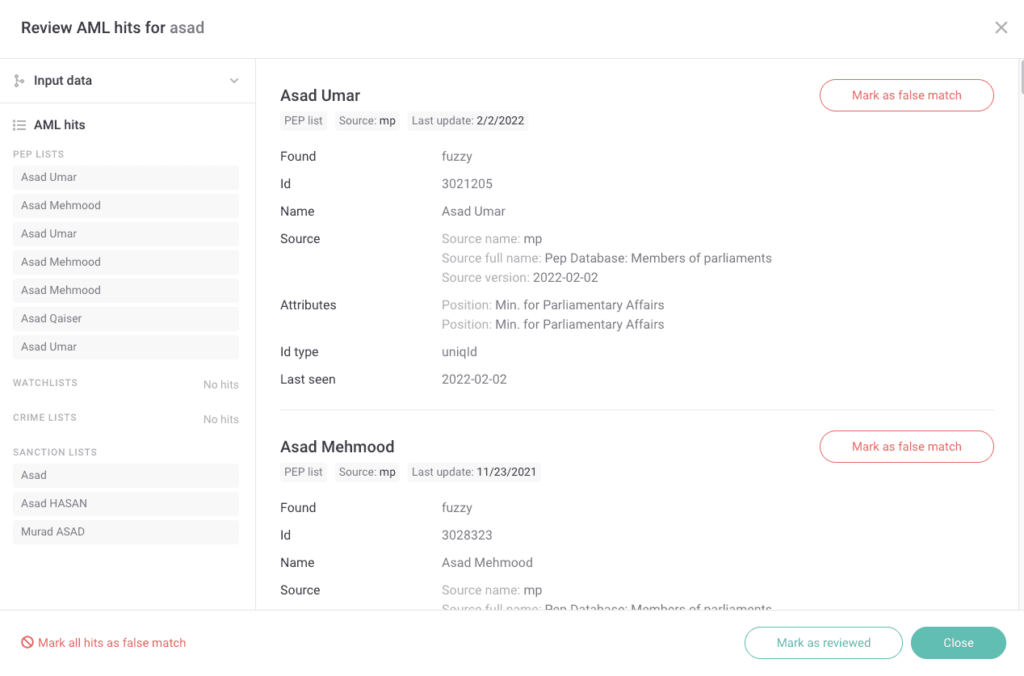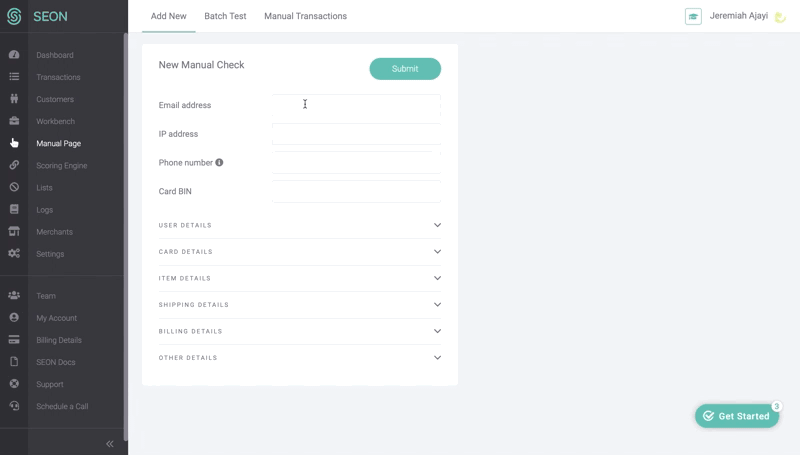AML in banking is notoriously costly and challenging. Figures from 2020 put spending at $214 billion worldwide, up by 18% year on year, per Napier.
Here, we will boost your understanding of how it works and how to do it right at your financial institution, digital bank, or challenger bank.
What is AML in Banking?
Money laundering, a type of financial crime, involves taking criminally obtained funds, a.k.a. dirty money, and covering its origin by moving it around through financial services such as banks so it’ll appear legitimate. As the dirty money is integrated into the financial system, criminals can access it from legitimate accounts and use it for financing criminal activities, drug trafficking, human trafficking, or terrorism.
Anti-money laundering (AML) in banking refers to the policies and regulations put in place to deter criminals from integrating illicit funds into the financial systems and the activities financial institutions perform to monitor and screen suspicious activities in order to comply with these requirements.
The Importance of AML in Banking
The scale of money laundering is hard to gauge. According to the UNODC, it reaches 2–5% of the world’s entire GDP each year. This puts the estimate at around $800 billion to $2 trillion annually.

But why is it a problem for a challenger bank, digital bank, or fintech? On an organizational scale, failing to control that flow of dirty money into your system could:
- Incur hefty compliance fines: Failing to meet AML regulations will be extremely costly for your financial institution.
- Damage your business reputation: You may face a PR disaster if your bank or neobank is found to be helping terrorists or criminals.
- Incentivize crime: An indirect consequence of allowing money laundering to take place is the fact you’re giving criminals figurative permission to continue with their illegal activities – if not emboldening them to use your organization for these schemes.
- Help finance terrorism: A key goal of AML is to reduce terrorist financing. Terrorist organizations rely on money to sustain themselves, but accessing that money can be challenging, especially for large, cross-border amounts. Money coming from both legitimate and criminal sources funds terrorism worldwide.
Here is a table of AML fines paid by banks in 2019 alone in each of a set of prominent economies.

In 2021, defects in banks’ AML processes resulted in over $10.4 billion in fines, an 80% increase from 2019. While controversial, these fines are a harsh reality, and banks and digital banks must prioritize compliance to prevent rising costs from harming their bottom line.
How Does Money Laundering Happen in Banking?
The simple answer is that a criminal will place it, layer (launder) it, and then integrate the illegally acquired funds. But how does this work in practice?
There are three steps of banking money laundering:
- Placement: where dirty money enters the banking system.
- Layering/laundering: the money changes hands to hide its source.
- Integration: the funds are used to purchase assets.
Who Regulates the AML in Banking?
The US Bank Secrecy Act (BSA), enacted in 1970, marked the first major effort to combat money laundering in banking, later overseen by the Financial Crimes Enforcement Network. In 1989, the Financial Action Task Force (FATF) was created to address money laundering globally, expanding its focus to include terrorist financing after the 9/11 attacks.
Today, AML is regulated by a large number of organizations worldwide, along with the FATF:

How Do AML Policies Affect Financial Institutions?
Banks and other financial institutions are required to follow strict procedures to identify money laundering. Employees need to be trained to be able to monitor and filter suspicious customer activities, in addition to providing thorough records of transactions and processes to law enforcement agencies.
Although financial institutions are all legally obligated to follow AML regulations, many of them believe that implementing policies is costly, time-consuming, and ineffective, especially as the requirements change constantly. However, audits and AML-related fines have been increasing significantly in recent years, and it’s not merely penalties organizations have to consider: as detailed above, AML-non-compliance can also damage their reputation and eventually result in losing customers.
How to Remain Compliant with AML in Banking
An effective AML compliance program is essential for any bank wishing to manage risks related to money laundering and keep regulators happy. There are several elements to remaining compliant with banking AML obligations.
Undertaking risk assessments
As the foundation for the AML strategy. Don’t make risk assessment a one-time thing. Instead, keep evaluating it by monitoring customers’ behavior and transactions, your products and services, the businesses you work with (including their ultimate beneficial owners), and the latest compliance regulations and trends.
Appointing an AML compliance officer
An AML compliance officer will be able to oversee your compliance program. This should be a senior team member who understands the compliance landscape, the risks associated with money laundering, and the company’s compliance obligations. They should also liaise with regulators and other financial authorities when required.
Implementing appropriate software and tools
Implements tools to defend against money launderers by enabling:
- Effective customer identity verification – you can go beyond simple Know Your Customer (KYC) verification to consider each customer’s job, income, location, locale, and frequently used digital channels to get a sense of who they really are. Leveraging alternative data can enable you to do this through data enrichment based on email addresses, phone numbers, and/or IP addresses.
- Sanction list, watchlist, and politically exposed person (PEP) list screening – these screening processes ensure that your bank isn’t doing business with anyone it shouldn’t. The screening will also ensure that you put enhanced due diligence measures in place where circumstances demand – for example, when a customer is at greater risk of being involved in money laundering due to the nature of their work and/or exposure.
- AML Transaction monitoring – AML regulations compel digital banks to monitor AML transactions, homing in on those over a certain threshold. In the US, for instance, the official threshold is $3,000. SEON’s scoring engine allows you to log and monitor transactions over a certain threshold easily, for instance, by using a rule that flags all transactions over $3,000 as higher risk. You can make this even more granular by combining rules – for example, by flagging all transactions over $3,000 where the user’s IP address is in Russia and their payment card was issued there.
- Record keeping – you need to keep records of your customer onboarding, transaction monitoring, screening, and more. Records should be kept in a way that makes it easy to submit a Suspicious Activity Report (SAR) if and when you are required to do so.
Learn how transaction monitoring detects fraud, ensures compliance, and safeguards your business and customers in real time.
Banking transaction monitoring
Training teams
Training teams to develop a deeper understanding of how money laundering works. AML software isn’t your only line of defense against money launderers. Regular training on AML practices, policies, and processes is essential if you want to maximize your bank’s vigilance.
Each of these areas plays a crucial role in relation to complying with banking AML regulations. Implement them as part of an overarching AML strategy and you will be well positioned to remain compliant.
Best Features for AML Tools and Systems in Banking
AML regulations are constantly evolving – but so are the tools and systems designed for compliance.
No matter how many competent hands you hire, the manual management of AML risk assessment isn’t sustainable. The volume and scale of your digital banking processes require swift response times while using legacy systems to sift through customer data for timely, relevant insights can be challenging.
This is where AML software comes in. With the right AML tools, you can identify risks faster and more accurately, optimize alert thresholds in real-time, and better understand what suspicious customer behavior looks like.
Look out for these features:
- No-friction pre-KYC checks. One way in which SEON’s customers consistently reduce compliance costs is by conducting checks on customers before they reach the KYC step. This means not having to pay to conduct IDV checks on obvious fraudsters. The savings quickly add up.
- Reliable ID verification. Good IDV software allows you to confirm users’ identities in a way that is convenient for them – while still fulfilling your legal obligations. Look into the preferences of your customer base as defined by their age and location: Are they fans of biometrics? Do they appreciate a quick video call more than scanning and uploading documents? Etc.
- Transaction monitoring. As noted, you need to monitor transactions per regulatory specifications. Using an effective AML tool helps you achieve that with no hassle.
- Real-time alerts. It’s not enough to monitor transactions. You need to ensure the monitoring is done in real time so you and your team can quickly identify out-of-the-blue, large transactions.
- Machine learning: Artificial intelligence algorithms have been at the forefront of AML detection for quite some time. Machine learning engines learn from previous cases where money laundering was identified and suggest relevant rules to ensure it doesn’t happen again, using neural networks and heuristics.
SEON is uniquely equipped to help streamline your AML strategy by weeding out fraudsters without friction and monitoring transactions better.
Read More
How to Boost Your Banking AML with SEON
SEON is designed to add unique insights and frictionless flexibility to your anti-money laundering strategy by both enabling AML screenings and providing solid fraud defenses and granular reporting.
SEON offers features to help you assume complete control over risk rules and avoid regulatory fines, as well as AML-specific screening capabilities.
These features include:
AML Screening
Enabled through a standalone API or as part of our end-to-end solution, SEON’s customer screening solution is designed to provide the confidence that the name of a new customer signing up for your new bank has been thoroughly checked against all applicable AML watchlists, including:
- PEP & RCA lists
- FBI’s Criminal and Fugitive lists, as well as other crime lists
- sanctions lists from competent authorities across the world
- watchlists and blacklists defined by authorities

Behavior Analytics and Real-Time Alerts
Constantly examining user behavior is crucial in improving your AML compliance processes. While you can do this with your team manually, SEON gives you a competitive advantage by allowing you to log and monitor all users’ activity on it.
All you have to do is enable and/or create relevant preset, custom, and velocity rules, and you’ll quickly know if an activity is suspicious or not:
For example, as we saw earlier, the tool can alert you in real-time about any transactions over a certain threshold.
A 360-Degree View of Customers
Without disrupting their customer journey, data enrichment analyzes every user’s digital footprint to identify even skilled money launderers early on.
With a single email address, you can accurately determine a customer’s level of risk.
All you have to do is get them to share their email address with you, which is a given in the digital world – and then either let the software enrich the data or check for yourself manually.
No matter how hard a criminal tries to imitate a legitimate user – via spoofing their hardware or location and forging documentation, for example – it is virtually impossible to recreate a convincing digital footprint for each of the hundreds of personas they use to conduct their schemes.

In other words, these profiles are the most reliable assessment of a customer’s true intentions.
They can be used to outright block obvious fraudsters and also to minimize friction for good users, as SEON will also point out when a customer is very obviously legitimate – or even a high-value customer.
Overall, this strategy helps you:
- fulfill your AML mandates
- stop all types of fraud
- reward good users with a smooth customer experience
- save on KYC and other CDD costs
- segment users for your marketing and other efforts
Our transparent, pay-per-API call pricing makes it the ideal solution to augment your current AML systems – whether you need to pre-filter obvious fraudsters or gain more information as part of your manual AML reviews.
Partner with SEON to reduce fraud rates in your neobank, challenger or digital bank with real time data enrichment and advanced APIs
Ask an Expert
Frequently Asked Questions
AML in banking involves verifying the identity of your banking customers, checking that they do not appear on PEP or sanctions lists, and monitoring transactions over a certain threshold.
AML policies are a set of policies that your bank or neobank must clearly state regarding anti-money-laundering checks. You must write and publish an AML policy statement on your website.
Banking AML checks can be performed with identity verification tools, transaction monitoring tools, and risk rating and alert solutions. Machine learning tools can also help suggest rules that reduce the risk of dealing with money laundering customers.
A Suspicious Activity Report (SAR) is an official document that must be submitted to the relevant authorities if you suspect you are dealing with criminal activity. It is mandated on the list of the FATF’s 40 recommendations.
Sources
- UNODC: Money Laundering
- FATF: The FATF Recommendations
- Napier: The cost of compliance: future trends in AML
- Compliance Week: Fines against financial institutions hit $10.4B in 2020








